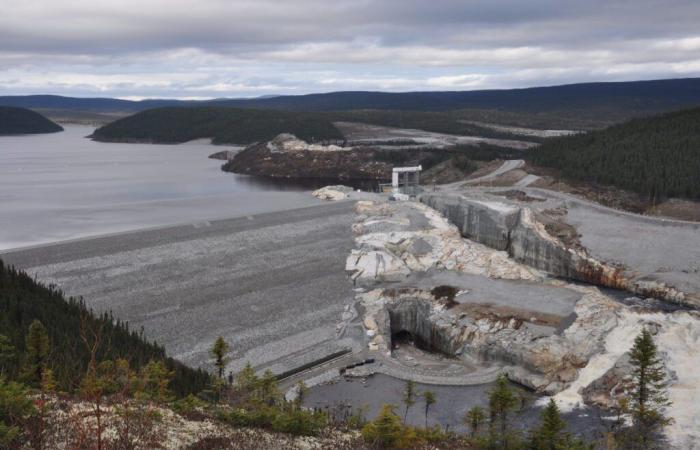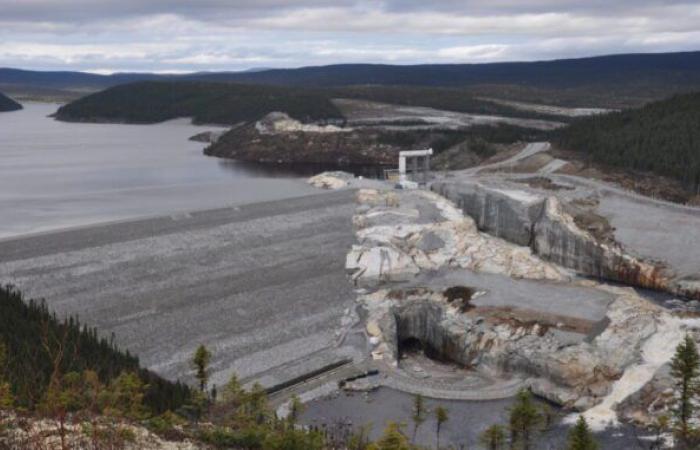Hydro-Québec yesterday unveiled a major phase of strengthening its 735 kV lines, the backbone of its electricity transmission network. This is the largest electricity transmission project in recent decades and will necessarily pass through the North Shore.
The region produces a lot of energy with the Manic-Outardes, Sainte-Marguerite, La Romaine hydroelectric complexes and soon a first wind farm. Between 2031 and 2036, Hydro-Québec will add a series of pylons between Sept-Îles and Baie-Comeau, as well as a strategic electrical substation on the North Shore.
Major impact in the region
The community relations advisor for Hydro-Québec on the North Shore, Cathy Hamel, confirms that the regional axis of the 2035 Transport Action Plan will be clarified soon. The route of the future high voltage line over 160 km west of Sept-Îles has not been defined. Consultations have begun with Indigenous communities and the municipal sector.
The first objective of investments in the North Shore axis is to integrate production from increasing the power of existing power plants. They will also allow the addition of renewable energy sources and support the industrial development of the region. Hydro-Québec also aims to improve the reliability and resilience of the Côte-Nord network within 12 years in the face of increasingly intense weather events.
Overall, Hydro-Québec anticipates economic spinoffs of more than $7 billion, benefiting all regions of Quebec. Three priority areas have been defined: Côte-Nord, Appalaches-Bas-Saint-Laurent and Vallée-du-Saint-Laurent. These axes will make it possible to integrate new electricity production and transport it efficiently to places of consumption.
Strengthen the transportation network
Hydro-Québec calculates that the fight against climate change will require a marked increase in the production of clean electricity. By 2035, we will need 60 TWh more, or 8,000 to 9,000 MW of additional installed power. Hydro-Québec must strengthen the main transmission network in order to integrate new production and ensure its reliability.
As part of a first phase, the project will include both the optimization of the existing network and the construction of nearly 850 km of new 735 or 315 kV transmission lines and five strategic electrical substations on three axes. These infrastructures will make it possible to integrate production, transport additional energy throughout Quebec, as well as improve the reliability and resilience of the network in the face of increasingly intense weather events.
“To succeed in the energy transition, we will not only have to consume better, but also produce more electricity. This new energy will then have to be transported to us. This major project to improve the transport network is much more than a technical response to an infrastructure need. It is a pillar of decarbonization for a future where Quebec will remain a leader in clean energy,” explains Executive Vice-President and Head of Operations and Infrastructure of Hydro-Québec Claudine Bouchard.







